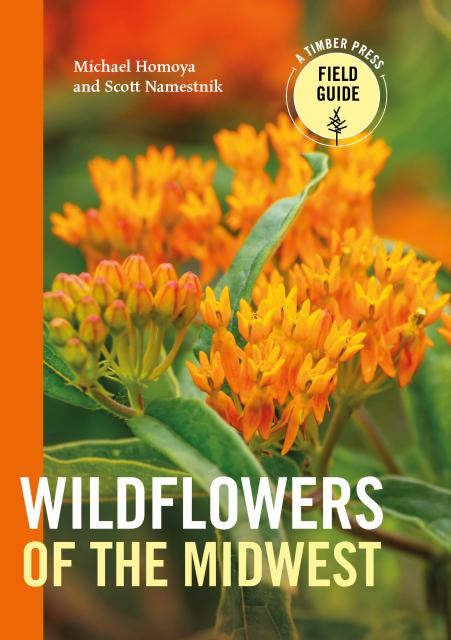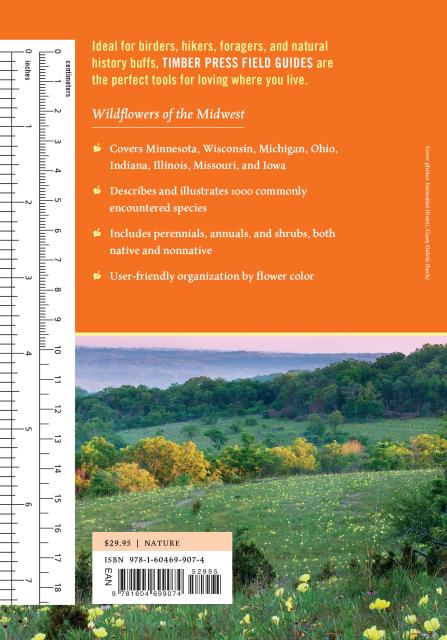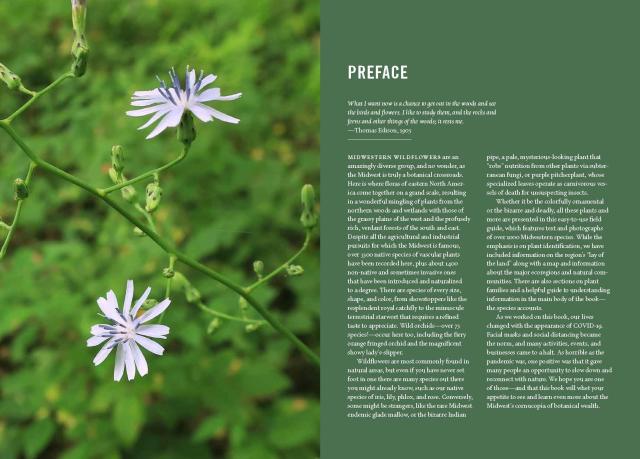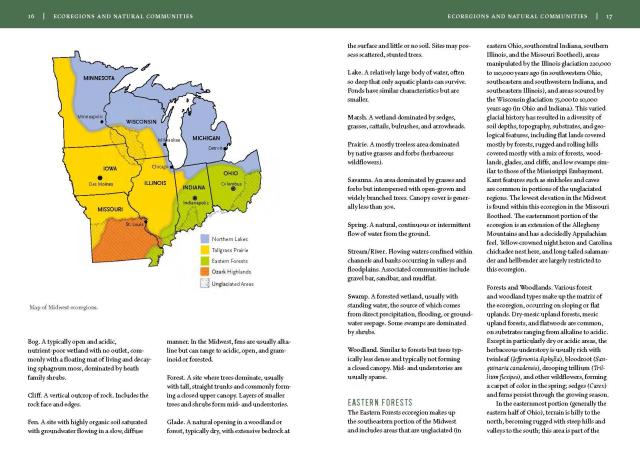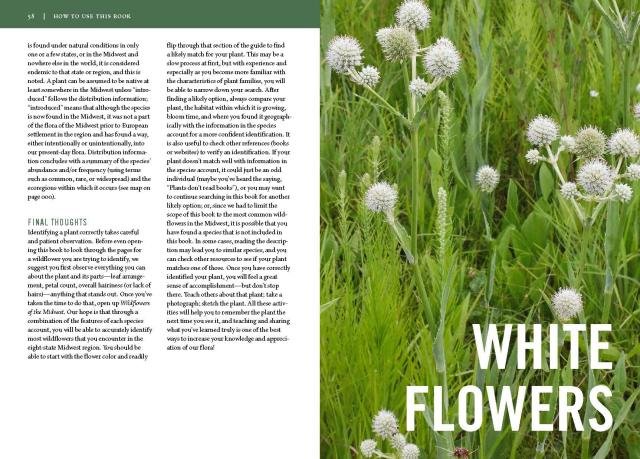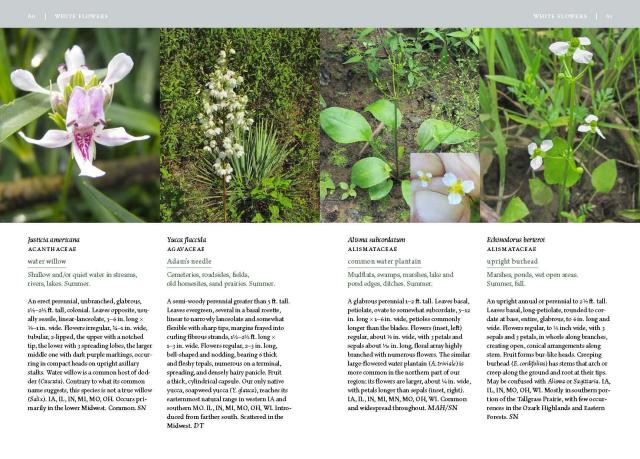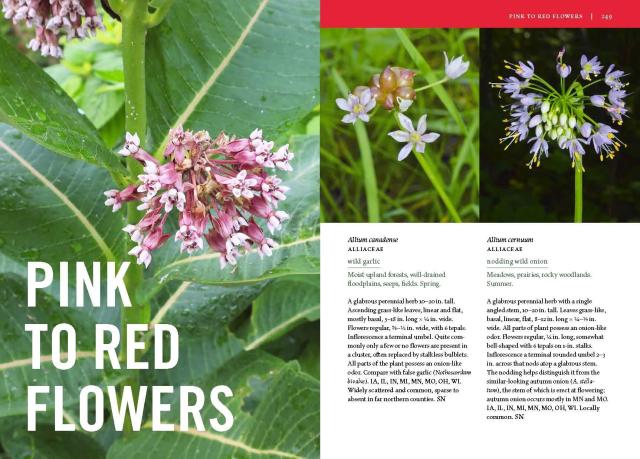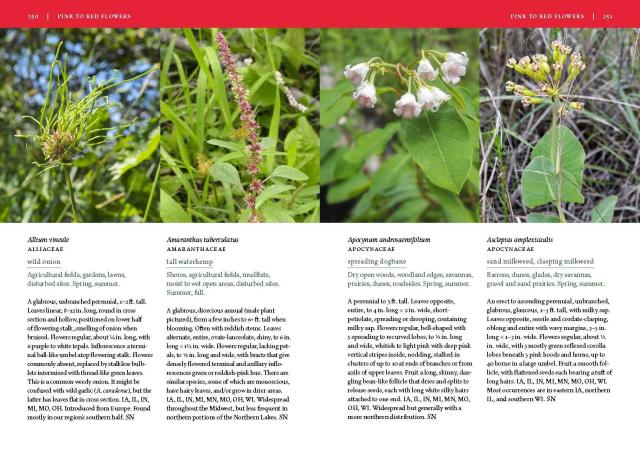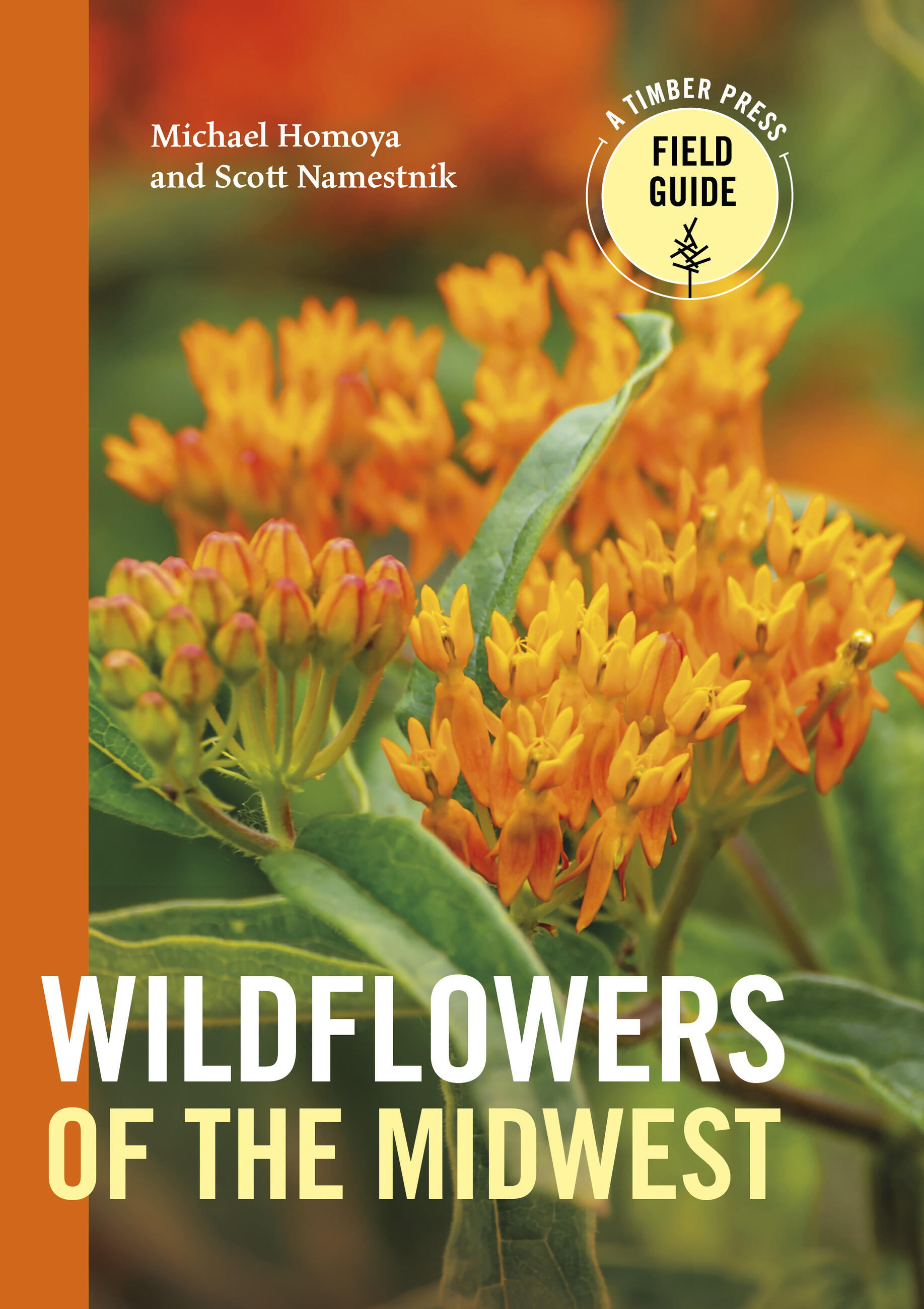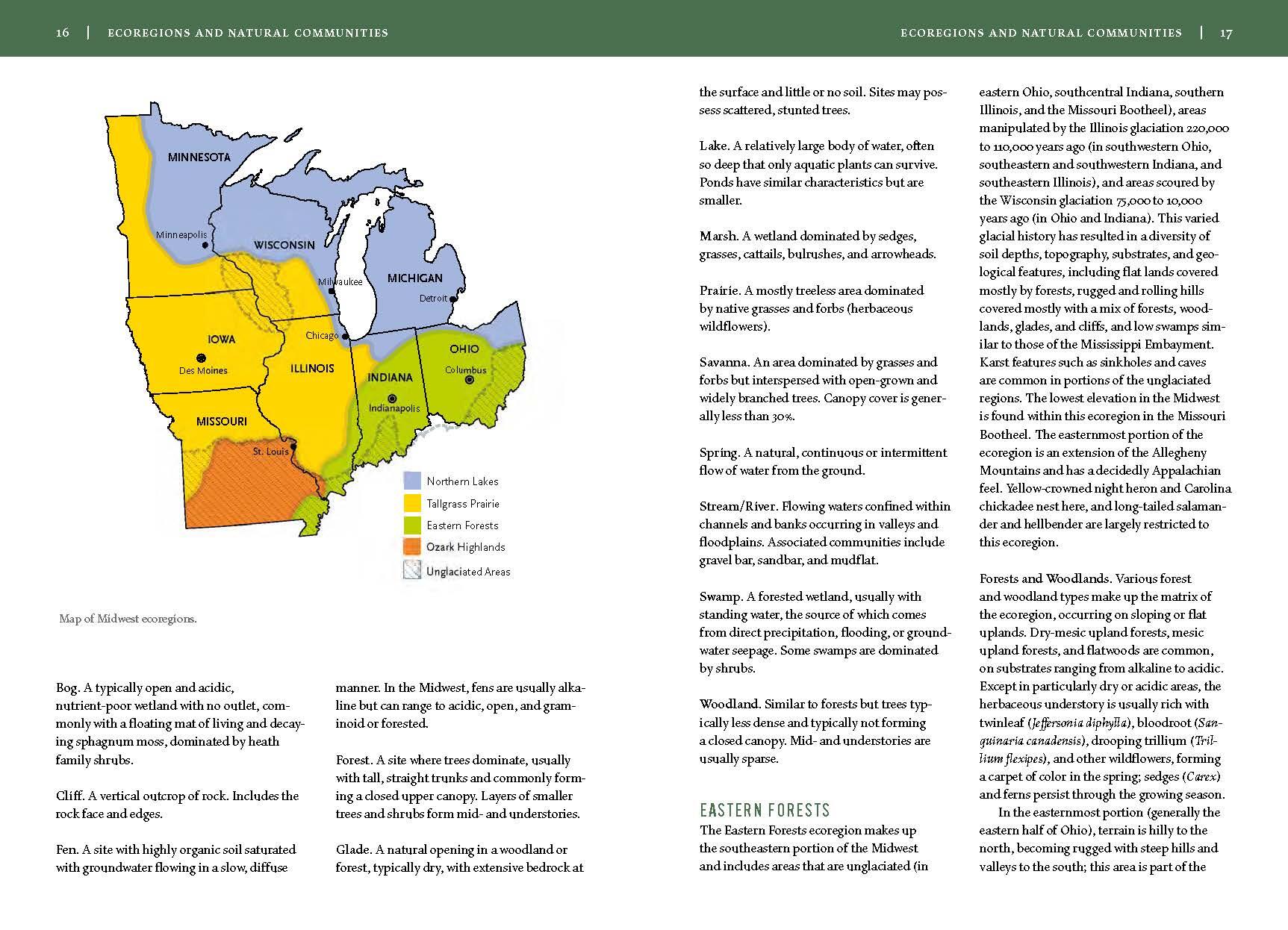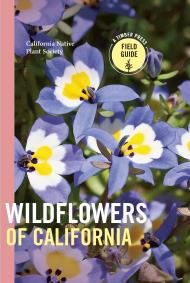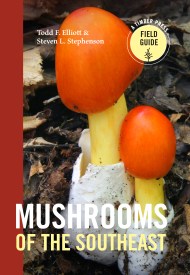Promotion
Use code BEST25 for 25% off storewide. Make sure to order by 11:59am, 12/12 for holiday delivery!
By clicking “Accept,” you agree to the use of cookies and similar technologies on your device as set forth in our Cookie Policy and our Privacy Policy. Please note that certain cookies are essential for this website to function properly and do not require user consent to be deployed.
Wildflowers of the Midwest
Contributors
Formats and Prices
- On Sale
- Jun 21, 2022
- Page Count
- 608 pages
- Publisher
- Timber Press
- ISBN-13
- 9781604699074
Price
$29.95Price
$39.95 CADFormat
Format:
- B412 $29.95 $39.95 CAD
- ebook $13.99 $17.99 CAD
This item is a preorder. Your payment method will be charged immediately, and the product is expected to ship on or around June 21, 2022. This date is subject to change due to shipping delays beyond our control.
Buy from Other Retailers:
Ideal for hikers, foragers, and plant lovers, the Timber Press Field Guides are the perfect tools for loving where you live.
Wildflowers of the Midwest is a comprehensive field guide for anyone wishing to learn about the amazingly diverse wildflowers of the region. This must-have book describes and illustrates 1000 commonly encountered species, including perennials, annuals, and shrubs, both native and nonnative. With more than 1,000 superb color photographs and a user-friendly organization by flower color and shape, this is a must-have guide for birders, hikers, foragers, and natural history buffs.
- Covers Minnesota, Wisconsin, Michigan, Ohio, Indiana, Illinois, Missouri, and Iowa.
- Describes and illustrates 1,000 commonly encountered species
- Includes perennials, annuals, and shrubs, both native and nonnative
- User-friendly organization by flower color and shape
Genre:
Series:
Newsletter Signup
By clicking ‘Sign Up,’ I acknowledge that I have read and agree to Hachette Book Group’s Privacy Policy and Terms of Use
